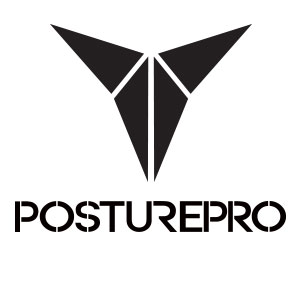5 Ways Your Jaw Affects Your Posture – Improve Your Alignment Today
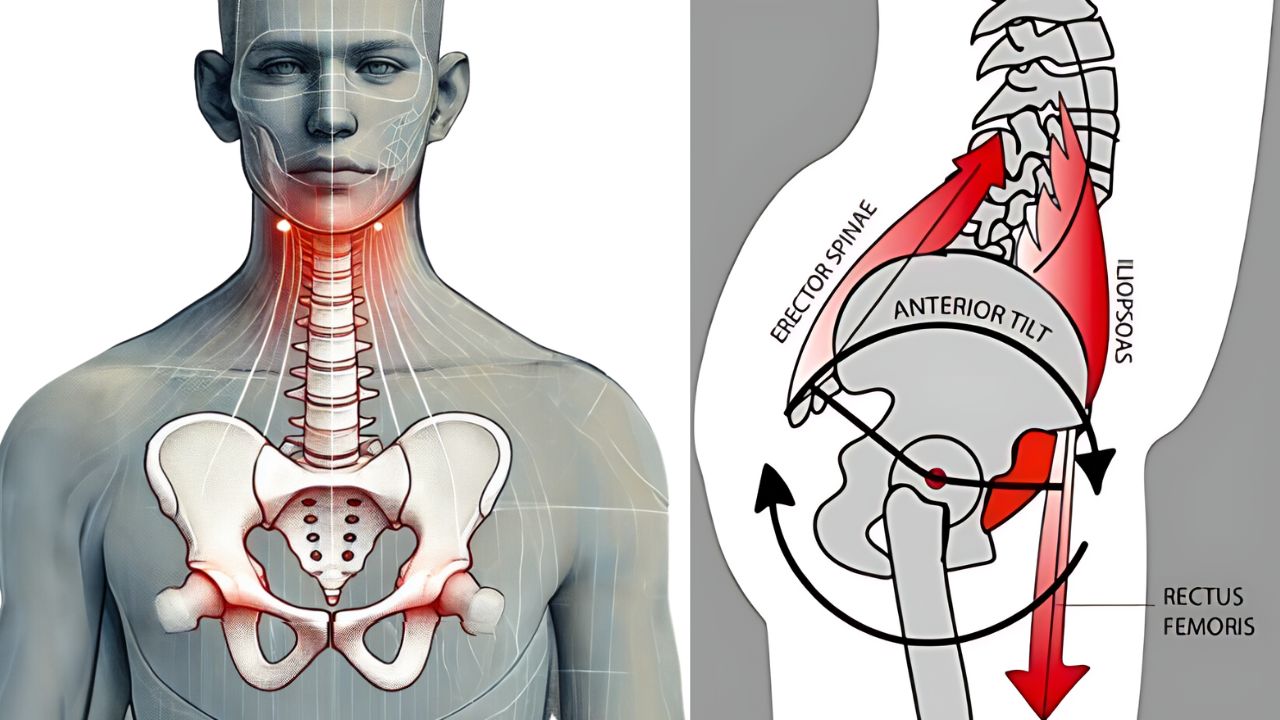
When we think about posture, our minds often go straight to the spine, shoulders, and hips. However, one key area often overlooked is the jaw. The alignment and function of your jaw play a crucial role in your overall posture and body mechanics. In this article, we will explore five ways your jaw affects your posture and how addressing jaw issues can lead to improved health and well-being.
1. Jaw Alignment and Head Posture
The Connection Between Jaw and Spine
Your jaw and spine are intricately connected through a network of muscles, nerves, and joints. Misalignment in the jaw, often due to temporomandibular joint (TMJ) disorders, can lead to compensatory changes in your spinal posture. When your jaw is out of alignment, it can cause an imbalance in the muscles that support your head and neck, leading to a chain reaction that affects your entire spine.How Jaw Misalignment Affects the Spine
When your jaw is misaligned, the muscles on one side of your neck may become overactive, while those on the opposite side may weaken. This imbalance can cause your head to tilt or rotate, leading to poor spinal alignment. Over time, this can result in chronic neck and back pain, as well as other postural problems.Solution: Addressing Jaw Alignment
Correcting jaw alignment can help restore balance to the muscles supporting your spine. This may involve working with a specialist who can assess your jaw function and recommend appropriate treatments, such as a Functional Activator designed to retrain tongue posture.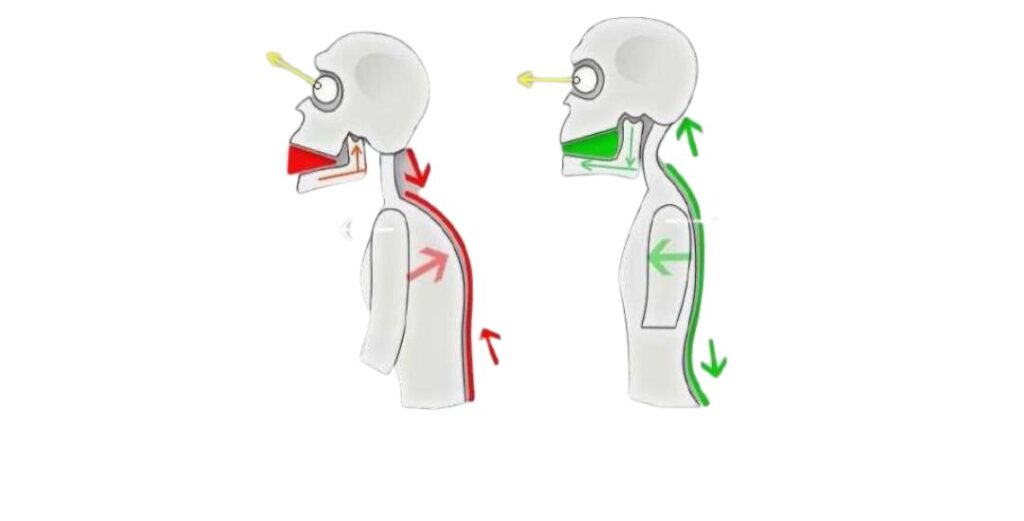
2. Jaw Clenching and Muscle Tension
The Impact of Jaw Clenching
Many people clench their jaws unconsciously, especially during times of stress. This habit, known as bruxism, can lead to excessive muscle tension in the jaw, face, and neck. Over time, this tension can extend to the shoulders and upper back, contributing to poor posture and discomfort.
Muscle Tension and Posture
Chronic jaw clenching can cause the muscles in your neck and shoulders to become tight and fatigued. This can lead to a forward head posture, where your head protrudes in front of your body. This posture places additional strain on your neck and upper back, exacerbating pain and discomfort.
Solution: Reducing Jaw Clenching
Reducing jaw clenching involves identifying and addressing the underlying causes of stress and anxiety. Techniques such as stress management, relaxation exercises, and mindfulness can help. Additionally, using a mouthguard at night can prevent teeth grinding and reduce muscle tension. Posturepro offers tools and resources to help you manage stress and maintain better jaw alignment.
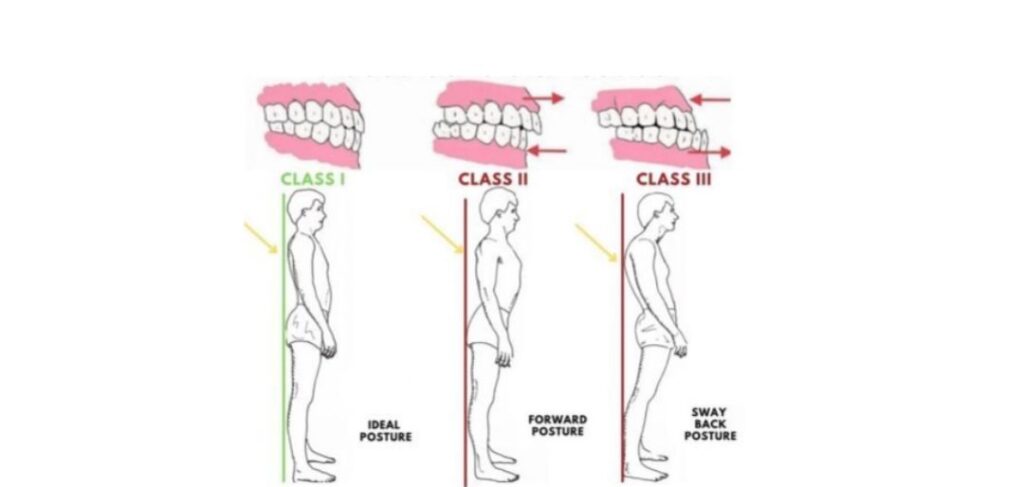
4. Jaw and Posture Compensations
The Impact of Jaw Pain
Jaw pain, whether from TMJ disorders, dental issues, or other causes, can significantly affect your posture. When you experience pain in your jaw, you may unconsciously adjust your posture to avoid aggravating the discomfort. These compensatory postures can lead to further imbalances and pain in other areas of your body.
Compensatory Postures
For example, if you have jaw pain on one side, you might tilt your head or shift your weight to the opposite side to relieve the pain. These compensations can affect your neck, shoulders, and spine, leading to a cascade of postural issues and chronic pain.
Solution: Managing Jaw Pain
Managing jaw pain involves identifying and treating the underlying cause. This may include dental treatments, physical therapy, or lifestyle changes. Additionally, Posturepro’s holistic approach can help you address the root causes of jaw pain and improve your overall posture and well-being.
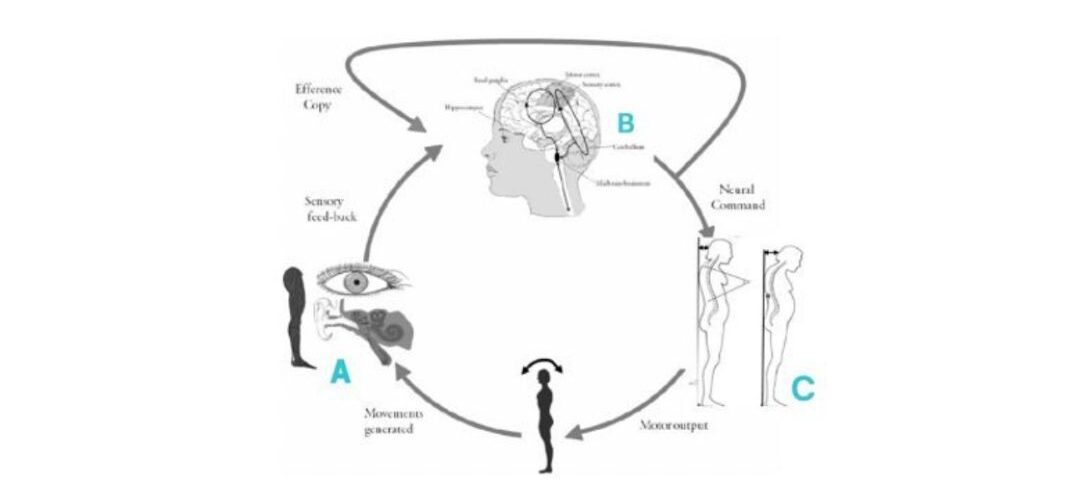
3. Jaw Movement and Body Balance
The Role of Jaw Movement in Balance
The movement of your jaw affects your body’s overall balance and coordination. The jaw’s position can influence the vestibular system, which is responsible for maintaining balance and spatial orientation. When your jaw is misaligned or moves improperly, it can disrupt your body’s sense of balance.
How Jaw Issues Affect Balance
Problems with jaw alignment or function can lead to dizziness, vertigo, and a general sense of imbalance. This can make it difficult to maintain proper posture and perform everyday activities. Poor balance can also increase the risk of falls and injuries.
Solution: Improving Jaw Function
Improving jaw function can enhance your body’s balance and coordination. This may involve exercises to strengthen and stabilize the jaw muscles, as well as therapies to improve the alignment and movement of the jaw. Posturepro’s brain-based approach includes techniques to enhance balance and posture by addressing the underlying issues with jaw movement.
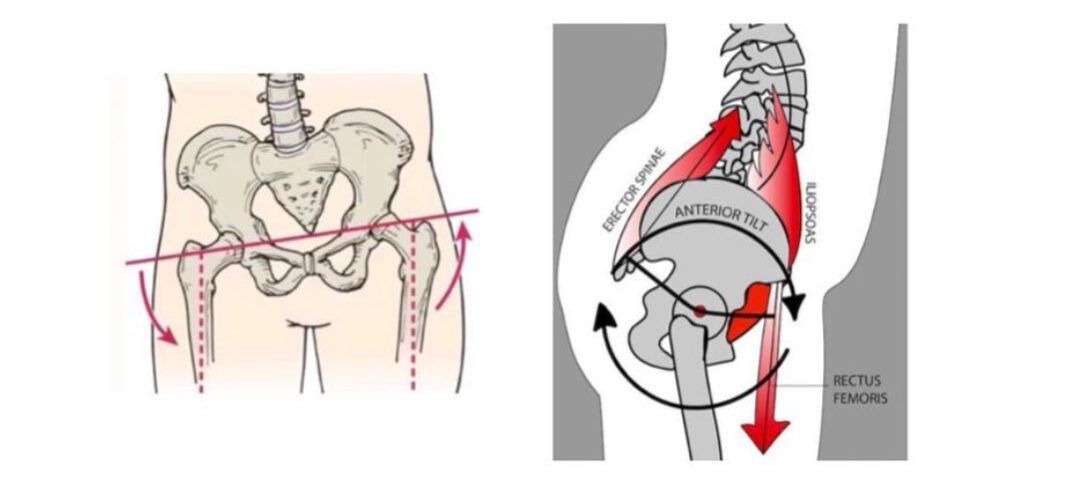
4. Jaw and Pelvic Alignment
The Connection Between Jaw and Pelvis
The alignment of the jaw can also influence the position of the pelvis. This can result in an anterior pelvic tilt, posterior pelvic tilt, or lateral pelvic tilt, affecting the overall posture and stability of the lower body. The connection is mediated through the fascial system, which links muscles, tendons, and bones throughout the body.
How Jaw Alignment Affects the Pelvis
When the jaw is misaligned, it can create tension and imbalance in the muscles and fascia connected to the pelvis. This can cause the pelvis to tilt or shift, leading to poor alignment and stability in the lower body. Pelvic misalignment can contribute to issues such as lower back pain, hip discomfort, and even knee problems.
Solution: Correcting Jaw and Pelvic Alignment
Correcting jaw alignment can help restore balance and stability to the pelvis. This might involve jaw exercises, orthodontic treatments, or using Posturepro products designed to support optimal alignment. Addressing both jaw and pelvic alignment can lead to significant improvements in overall posture and body mechanics.
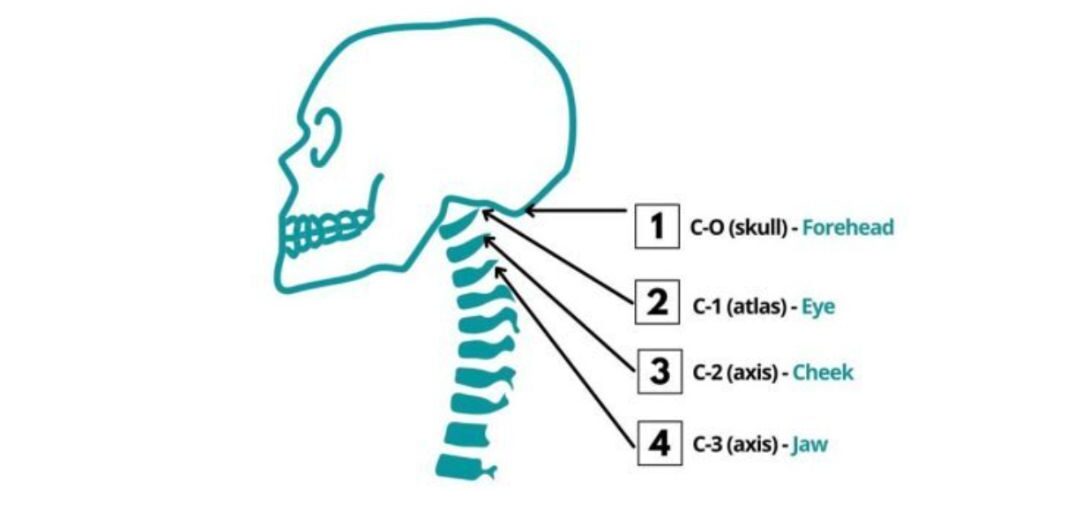
5. Jaw Alignment and Cervical Spine
The Connection Between Jaw and Cervical Spine
Your jaw and cervical spine (the neck region) are closely linked through a network of muscles, nerves, and joints. Misalignment in the jaw, often due to temporomandibular joint (TMJ) disorders, can lead to compensatory changes in your cervical spine. When your jaw is out of alignment, it can cause an imbalance in the muscles that support your head and neck, leading to a chain reaction that affects your cervical spine.How Jaw Misalignment Affects the Cervical Spine
When your jaw is misaligned, the muscles on one side of your neck may become overactive, while those on the opposite side may weaken. This imbalance can cause your head to tilt or rotate, leading to poor cervical spine alignment. Over time, this can result in chronic neck pain, stiffness, and headaches.Solution: Addressing Jaw Alignment
Correcting jaw alignment can help restore balance to the muscles supporting your cervical spine. This may involve working with a specialist who can assess your jaw function and recommend appropriate treatments, such as jaw exercises, orthodontics, or even Posturepro products designed to support better alignment and posture.How can I tell if my jaw alignment is affecting my posture?
Jaw alignment issues can manifest as chronic neck and back pain, headaches, and a forward head posture. If you frequently clench your jaw or grind your teeth, these habits may also be contributing to postural problems. This can be addressed with Fix my Posture Bundle.
Can correcting my jaw alignment improve my overall posture?
Yes, correcting jaw alignment can help restore balance to the muscles supporting your head, neck, and spine, leading to improved posture and reduced pain.
What are some common treatments for jaw alignment issues?
Common treatments include jaw exercises, orthodontics, physical therapy, and stress management techniques. Mouthguards like the Functional Activator can also help with proper tongue posture at night to reduce teeth grinding.
How does jaw alignment influence pelvic tilt?
The fascial system links muscles and bones throughout the body. Misalignment in the jaw can create tension and imbalance that extends to the pelvis, causing it to tilt or shift. Therapeutic Insoles have been shown to helo with pelvis aligment and postural control
How can Posturepro products help with jaw-related posture issues?
Posturepro offers a range of products designed to support optimal alignment and posture. These products, combined with our brain-based approach, can address the underlying issues related to jaw alignment and improve overall body mechanics. View all products here and enjoy 10% off your first purchase.

Learn how to improve your posture and overall health through jaw correction.

GET STARTED
ABOUT POSTUREPRO
COMPANY
FOLLOW US
Posturepro © 2024 All Rights Reserved. | Privacy Policy
